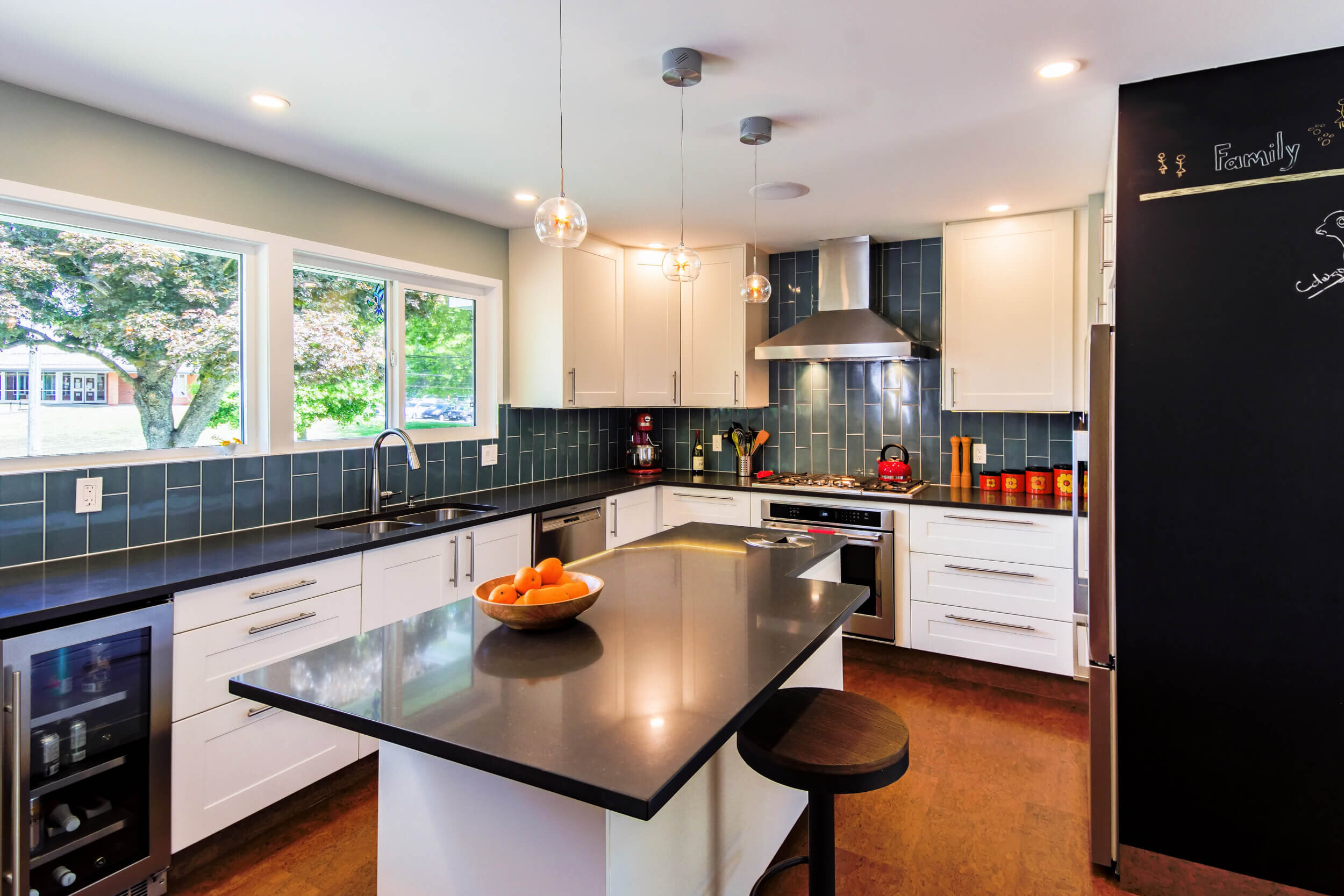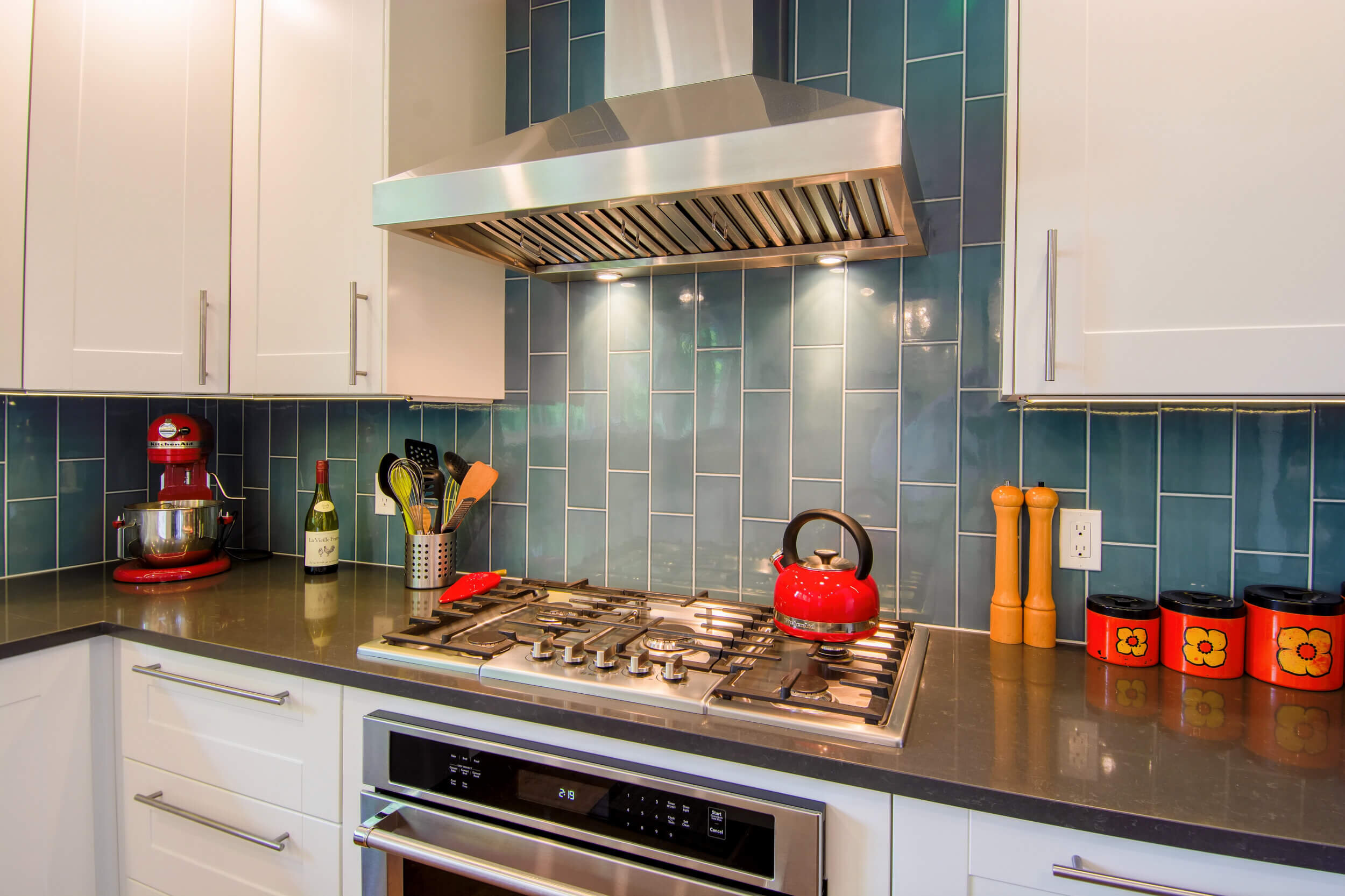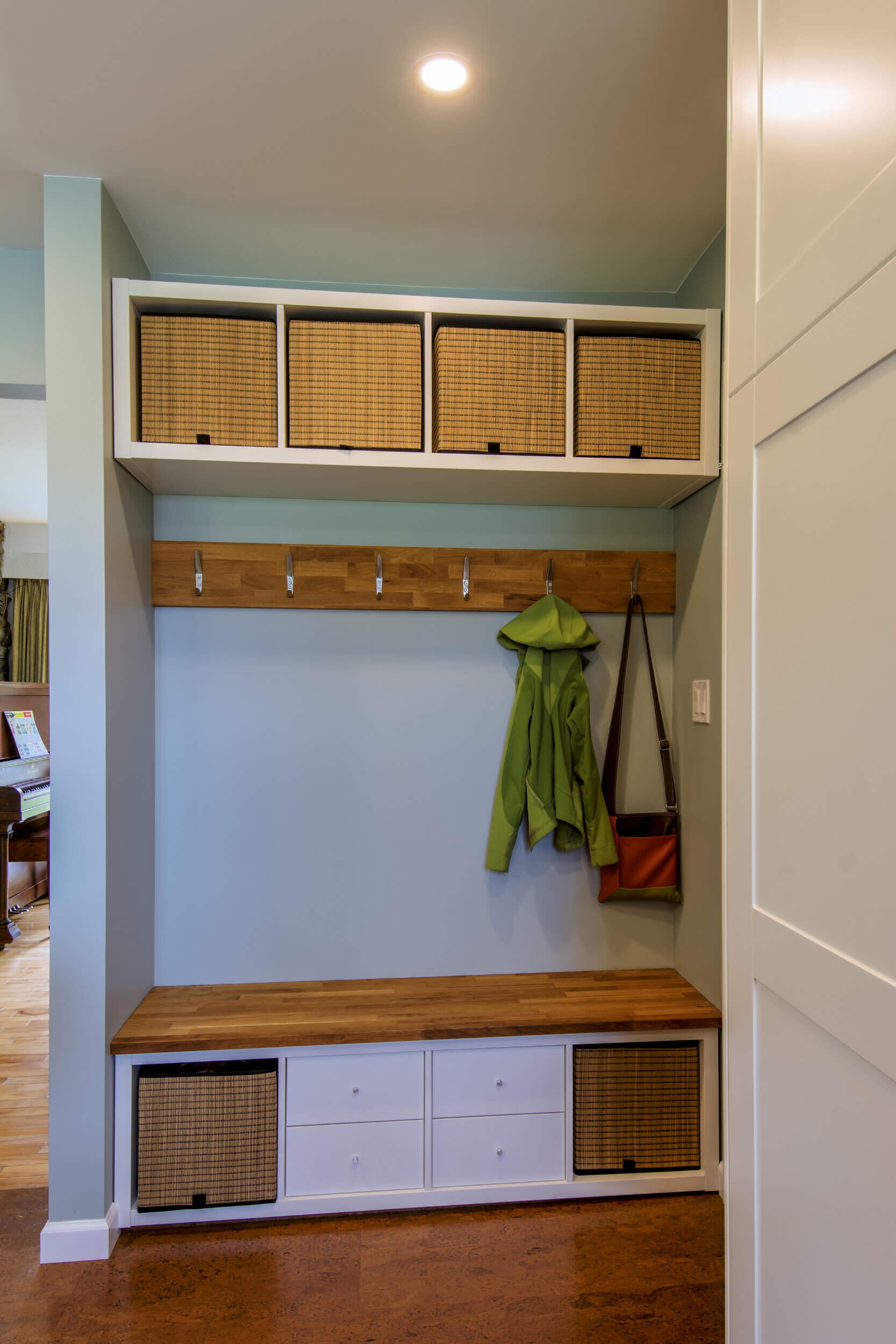Excerpts from an interview I gave on cork flooring in 2011:
Q: How new is cork flooring and is it quickly gaining popularity?
A: Actually, cork flooring is not that new. Ancient Greeks were walking on it - albeit in the soles of their sandals. Cork's unique properties have been known for millenia. It first gained mass popularity as flooring at the turn of the 20th century. Hygiene was a great concern by the end of the Victorian era and as science learned more about germs, homeowners looked for ways to rid their houses of carpet and install hard surface flooring that was easier to keep clean. Resilient flooring such as cork gained ground as it was cheaper to install and maintain than a hardwood floor. Residential use of cork flooring was at its most popular in the 1930s and remained the flooring of choice for schools, churches and libraries because of its sound-deadening qualities. A lot of the older floors that needed regular waxing, such as cork, fell out of favor when no-wax and acrylic finishes became all the rage. So we eventually ended up with a lot of PVC vinyl tile and sheet floors. Today, I regularly see people ripping up those vinyl floors to put cork back down.
Recently cork has seen a renaissance due to, in part, the idea that to “think globally, act locally” has increasingly permeated the consumer consciousness. We are aware of global environmental problems and are now looking for environmentally responsible options in the things we eat, wear, drive and build with. When homeowners renovate or build a house for themselves they’re asking more questions about where the things they are building with come from and what they’re made of. That new awareness eventually leads them to discover naturally renewable resources like cork, bamboo and traditional hardwoods, such as oak and maple, harvested from responsibly managed forests, certified by the Forest Stewardship Council (FSC). I see the Internet as having played an important role in all of this, because never before has the average consumer had the tools to thoroughly research building materials and educate themselves about the choices that are out there. Consumers are well-informed today, and are less likely to simply walk into the local flooring store and be sold vinyl or carpet that will end up off-gassing in their home.
Secondly, matching the latest in low-VOC, hard-wearing urethane finishes with the ecological benefits of cork means that your floor is not only good for the environment, but also easy to take care of and maintain.
Cork is gaining popularity because it is a floor that guarantees better indoor air quality, warmth, comfort and ecological benefits.
Q: What are the benefits of cork flooring?
A: In addition to the benefits I already outlined, its main benefits derive from the fact that cork is comprised of millions of air-filled cells, so it inherently absorbs sound, impact, stays warm and always remains resilient. Cork is also warm underfoot because of its inherent insulating properties – that’s why I like installing it in bathrooms or on concrete slab floors. Cork also doesn’t hold a static charge so it’s really easy to sweep clean. Cork tile flooring cuts easily to create floor mosaics, flooring borders and other creative design elements. Cork is actually bark harvested once every nine years from living cork oaks (many are hundreds of years old) predominantly in Spain and Portugal, and doesn’t harm the trees, so it’s a wonderfully sustainable product. Cork is a remarkable carbon sink; we hear people aiming for "carbon neutral" - cork is carbon negative. For every tonne of cork harvested , 70 tonnes of CO2 remain sequestered in the cork oak forest. The cork industry supports a traditional economy that is centuries old in rural Portugal and Spain. The Cork plantations are passed on from generation to generation. The Cork Oaks (Quercus Suber) grow in a savanna landscape, much like our Garry Oaks on Vancouver Island. The entire native savanna ecosystem is preserved alongside the oaks: birds, mammals and insects. Cork is an amazing environmental story.
Q: Pricewise, where does cork flooring lie in the spectrum of flooring options?
A: It is on par with better quality hardwood floors. The floating versions can be installed by most homeowners, which can save on the installation costs. The average cost of cork flooring is $7 – $9 per square foot (not including installation).
Q: What type of care and maintenance is involved with cork floors?
A: Not much, and I’ve heard some say they’re a pleasure to clean. Typically, a cork floor finished with a high-quality water-borne urethane finish will only require regular vacuuming and the occasional damp-mopping. In the average home, a cork floor will require a maintenance top coat of water-based varnish about once every five to seven years. This maintenance coat is straightforward to apply and dries in about an hour or two. Many homeowners do this themselves without having to hire a professional floor finisher.
Q: Colors?
A: Yes. DuroDesign, in particular, pioneered the coloring of cork flooring in 1995 to expand the design possibilities of this natural flooring product. Today, they offer more than 100 stock colors in six patterns of cork and can even custom color-match to a designer’s specification.
Q: Are cork floors a good choice for families with children and pets?
A: Sure. For children, who spend a lot of time on the ground, it is a wonderful floor to play on. It is comfortable and warm, cushions the occasional fall, and spills are easy to wipe clean. Being a product made from tree bark, cork actually has inherent anti-bacterial and anti-fungal properties, making it a hygienic floor as well. Because cork flooring doesn’t hold a static charge, pet hair won’t stick to the floor and thus it’s easy to sweep or vacuum up (ever try to sweep pet hair off a vinyl floor?) Dog’s nails should be kept clipped so that they don’t scratch or gouge the floor. This is the same precaution you’d take if you had a hardwood floor. Because of the organic texture of a cork floor, when damage does occur, it is not as noticeable as on a hardwood floor, and easier to repair and touch up.
Q: What is the downside to cork flooring?
A: Cork is a natural material, so there are natural color variations from one tile to the next. With proper selection and arrangement of the tiles for optimum color distribution (known as “racking” a floor) this variation in color can be mitigated. Unfortunately, some installers have gotten so used to man-made flooring products, they skip this step, and don’t adequately rack the cork flooring. Cork, being a natural material, like a wood floor, will fade over time with exposure to strong sunlight (and the UV rays it contains). This will be most evident when a rug is placed in front of a window and subsequently moved. There are UV-blocking clear films that can be placed on existing windows, or in new construction, low-E type glass (which typically blocks 85% of UV rays) should be specified to protect your furniture, rugs and floors from fading. Using stained cork flooring can also mitigate fading. Although cork rebounds very well from compression (90% recovery after 50% compression), heavy furniture, such as a bookcase, can leave permanent indentations in the floor.
Although cork is a really tough floor because of its resiliency and high density, it still can be scratched or gouged just like a hardwood floor. Because of the organic texture of a cork floor, when damage does occur, it is not as noticeable as on a hardwood floor and easier to repair and touch up.
Some Eco-friendly Properties of Cork
• Rapidly renewable resource (harvested every nine years from a living tree).
• Sustains rural and traditional economies and native ecosystems.
• Cork is a 100% recycled material: simply put, the “swiss-cheese” left over after punching out wine bottle corks out of strips of cork bark is ground up to create cork flooring. Our cork tiles are fused with an inert food-grade polymer, so they are non-toxic as well.
• Cork, being the bark of a tree, is naturally anti-fungal and anti-microbial.
• Cork offers sound-reduction and insulating properties as well. It will deaden the echo in a room and a cork floor tile has an insulating value of about R2
• The glue and varnish we provide to install cork flooring are low-VOC.
• DuroDesign cork flooring is entirely free of PVCs and contains essentially zero formaldehyde (everything has a trace of formaldehyde – you do, your lunch does and so does wood)
• A well-maintained cork floor can last 50 years or more, similar to hardwoods. A long-lived floor is a responsible use of resources. You can compare that to carpet or vinyl that have a drastically shorter lifespan.








